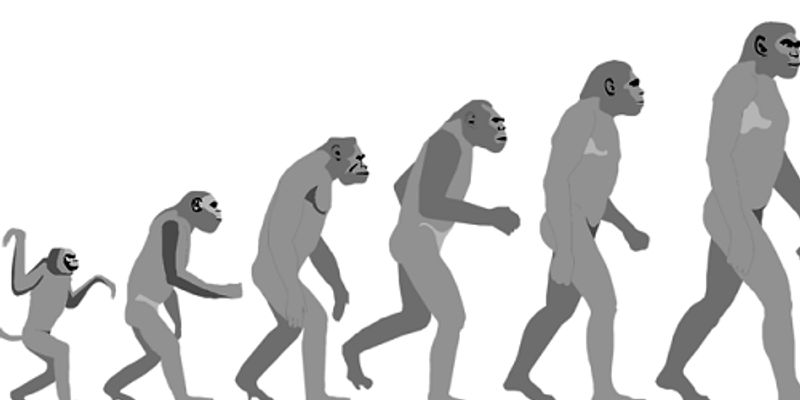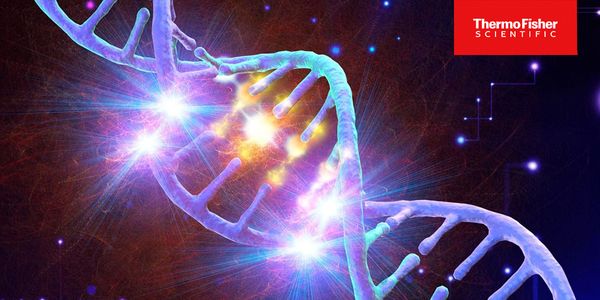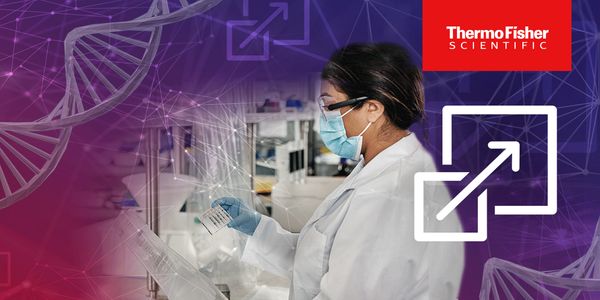APR 20, 2023 | 7:00 AM
Date: April 20, 2023 Time: 7:00am (PST), 10:00am (EST), 4:00pm (CET) he study of human evolution. A decade ago, his team managed to sequence the Neanderthal and Denisovan genomes which resul...
MAR 07, 2023 | 9:00 AM
Date: March 07, 2023 Time: 9:00am (PST), 12:00pm (EST), 6:00pm (CET) The ability to synthesize and sequence vast numbers of DNA constructs is a cornerstone of modern high-throughput biologic...
NOV 17, 2022 | 8:00 AM
Date: November 17, 2022 Time: 8:00am (PST), 11:00am (EST), 5:00pm (CET) Up to now, the evolutionary trajectory of the most prevalent CO2-fixing enzyme – Rubisco Form I, has been diffic...
At the end of 2019, severe acute respiratory syndrome coronavirus 2 (SARS-CoV-2), the causative agent of coronavirus disease 2019 (COVID-19), emerged in China. As of September 2022, SARS-CoV...
OCT 06, 2022 | 5:00 PM
Genetic biomarkers have become increasingly important for disease prediction, early disease detection and progression, and options for intervention. Tumor biopsies are commonly used as sourc...
SEP 29, 2022 | 7:00 AM
Date: September 29, 2022 Time: 7:00am (PDT), 10:00am (EDT), 4:00pm (CEST) Development and evolution are controlled, to a large degree, by regions of genomic DNA called enhancers that encode...
SEP 27, 2022 | 9:00 AM
Date: September 27, 2022 Time: 9:00am (PDT), 12:00pm (EDT), 6:00pm (CEST) Synthetic DNA oligonucleotides are used broadly across many different application areas, from basic R&D to clini...























